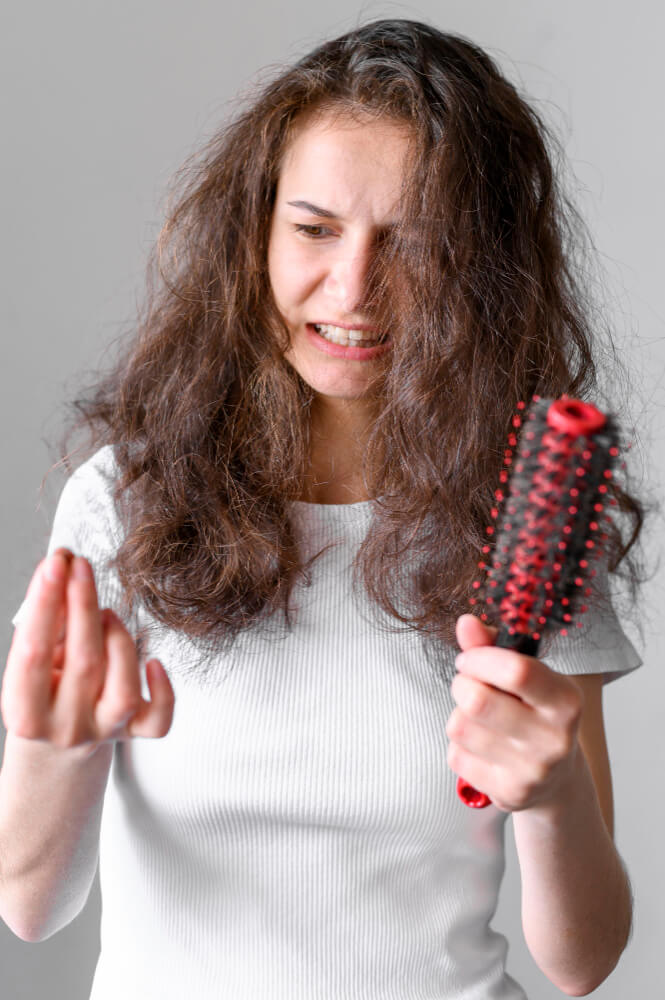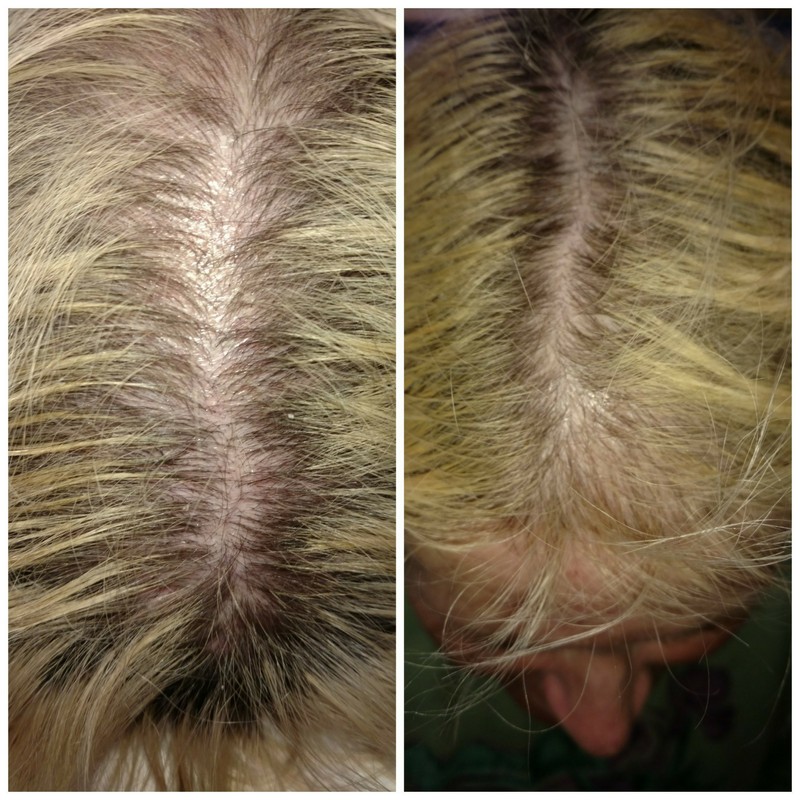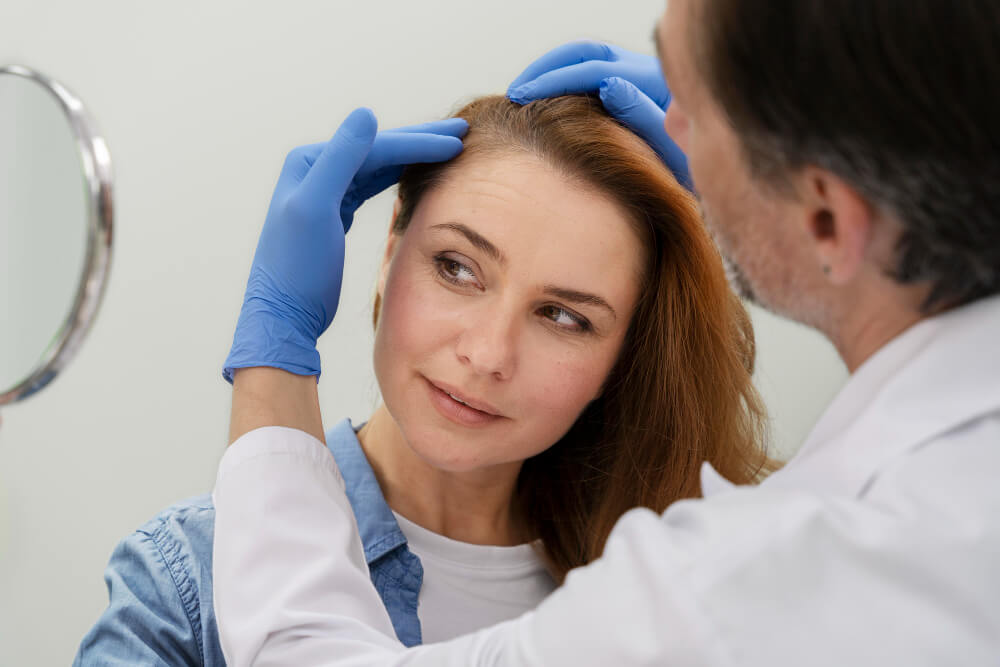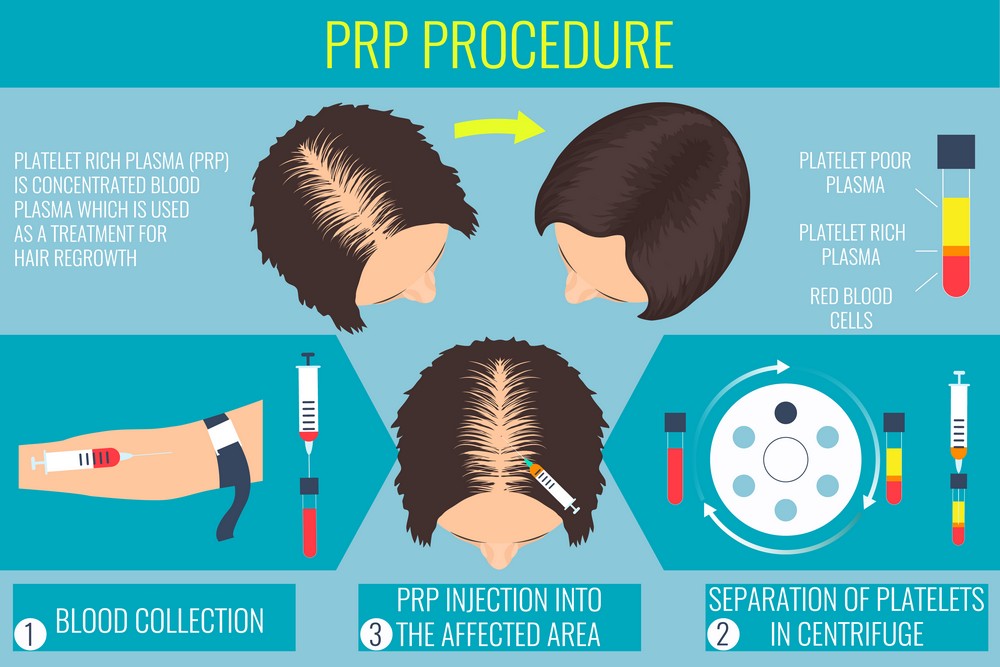Platelet-Rich Plasmas (PRP) for Hair Loss
Normal, health scalps shed hair each day, however, excessive hair loss can be a serious concern for both men and women. You may notice many hairs falling out while washing or brushing out your hair. This excess hair falling out may progress to baldness, which can be hereditary, or the symptom of an underlying medical condition.
To some people, hair loss and baldness do not affect their day-to-day lives and can go on without treatment. Then there are others who are self-conscious about their thinning hair and try to cover it up with hairstyles, hats, or scarves. Some, who are extremely self-conscious about their hair loss, choose either medications or even surgery to treat their hair loss.
Normal heads of hair shed about 50-100 hairs each day, and with a million strands on our scalp, this is minuscule. Thinning hair is also a normal part of the aging process. The older we get, the thinner our hair. Baldness or thin patches may appear if the shedding is more than the rate of regrowth or the new hair coming in is thinner in texture to the hair falling out.
For the last 20 years, Platelet-rich plasma, or PRP, has been used in medicine. PRP is concentrated blood plasma (the composition of blood) that contains approximately five times the number of platelets found in normal circulating blood. The function of platelets is to promote clotting of the blood and is the key to the body’s ability to heal wounds because it contains growth factors that promote regeneration of the cells in the body.

PRP Therapy: How does PRP Treat Hair Loss

What is Platelet-Rich Plasma?
Platelet-Rich Plasma (PRP) is an autologous concentrated preparation of platelets and the associated growth factors in a small volume of plasma. Platelets are a natural source of a number of growth factors in their natural and biologically-determined ratios.
Platelet Growth Factors
Upon activation, platelets release growth factors and other molecules. These growth factors are regeneration-promoting signaling molecules, such as Platelet-Derived Growth Factor (PDGF), Transforming Growth Factor group (TGF), Epidermal Growth Factor (EGF), Vascular Endothelial Growth Factor (VEGF), Fibroblast Growth Factor (FGF), and others. These molecules are shown to regulate the healing cascade, including inflammation and cell proliferation.
These growth factors can act on the hair follicles to promote development of new follicles and improve blood supply. Hair follicles survive on the nutrition they get from the blood supply. Healthy hair follicles generate healthy hair. PRP therapy in the area of hair loss, amplifies the body’s naturally occurring healing mechanism, thus stimulating the growth of new hair follicles.
PRP Study
PRP has proven effective in pattern hair loss. One study1 compared PRP injections in 45 patients with androgenetic alopecia (AA)2. A total of three treatments were given at a monthly interval. The study concluded that the effects of PRP exceeded those of the TrA injections, and at 12 months, 60% of the patients who received PRP showed complete remission compared to only 27% of patients who received TrA. At 6 and 12 months, 38% and 71% of TrA patient group experienced a relapse of the disease, respectively. In the PRP group, 0 and 31% relapse at 6 and 12 months, respectively. Moreover, only 25% of the TrA patient group experienced regrowth of fully pigmented hair from the beginning of hair growth, compared to 96% of the PRP group.

3 Step Process of PRP therapy

Step 1 – Blood Collection
A small amount of blood, similar to having a routine blood test, is drawn by Dr. Tambakis-Odom.

Step 2 – Separate the Platelets
Your blood is placed in a special machine called a centrifuge, where your blood is spun for approximately 15 minutes to separate the components into red cells, white cells, and concentrated platelets. The PRP that contains abundant growth factors and stem cells is now ready to be applied to the scalp.

Step 3 – PRP Injection
Anesthesia is provided for minimal discomfort during the procedure. The highly concentrated PRP is injected in different areas around the scalp. You can return to your normal activity almost immediately, but your scalp needs protection from the sun and excessive irritation.

Complications
The injected area may have mild swelling, it may even be tender to touch. Swelling may go away in few hours after the procedure while tenderness may go away in a couple of days. There is a possibility of the area getting infected, but this is rare.
Safety
PRP does not pose any danger of allergy, hypersensitivity, or foreign-body reaction and it is a safe choice for many patients.

